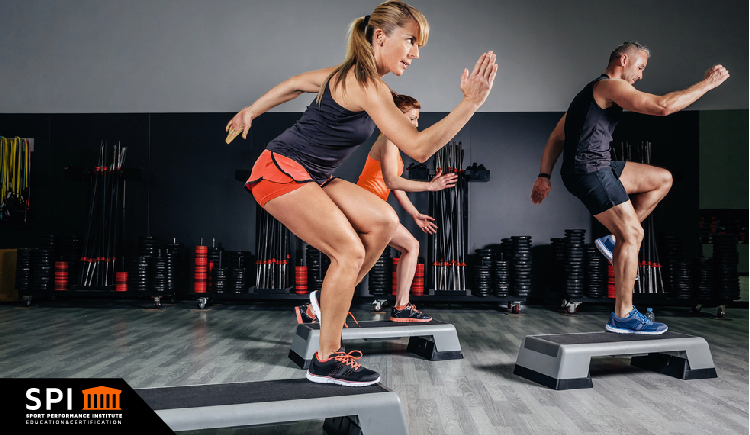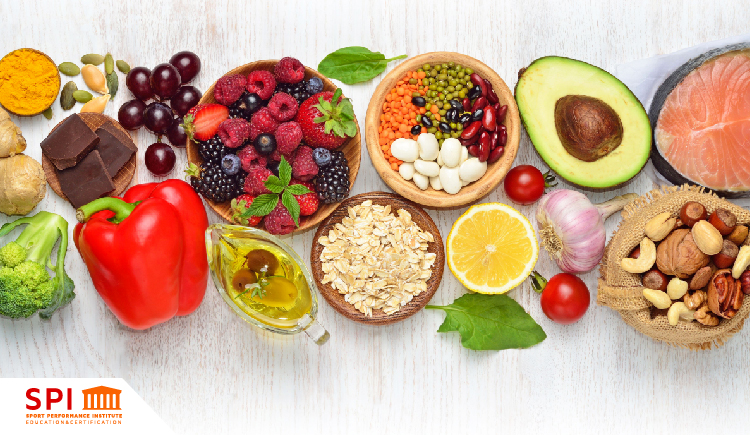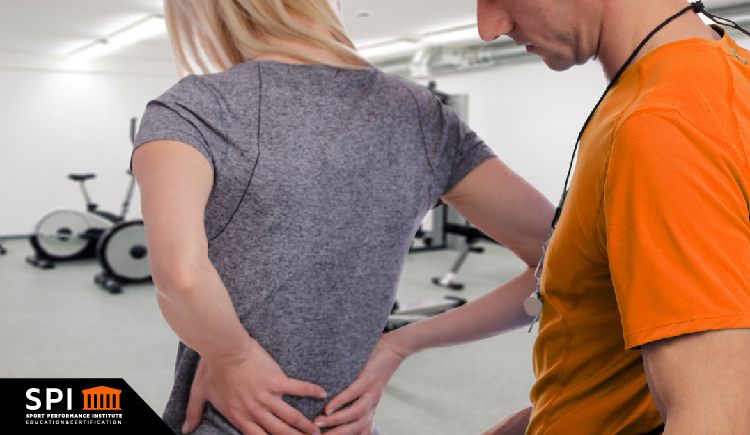The highest volume of oxygen a person can consume at the cellular level during intense cardio exercises is referred to as “Maximal Oxygen consumption” or “VO2 max”.
It also represents our Maximum Aerobic Capacity, which depends on two factors: the delivery of oxygen to the working muscle by the blood, or the cardiac output (the amount of blood pumped by the heart per minute), and the ability to extract the oxygen from the blood at the capillaries level and use it in the mitochondria (specialized subcellular structures located within the body cells, and contain oxidative enzymes needed by the cell to metabolize nutrients into energy sources).
VO2 which is the volume of oxygen consumed, is measured either in milliliters of oxygen consumed per kilograms of body weight per minute (ml O2/kg/min), or as liters of oxygen consumed per minute (l O2/min). Our body has a tremendous capacity to increase oxygen consumption. In increasing both heart rate and stroke volume on the account of the increased cardiac output during exercise, the increase in oxygen extraction (referred to as arterio-venous oxygen difference, or A-VO2 diff.) results from different reasons. During exercise, several changes occur which make it easier for oxygen to be taken off the hemoglobin molecule for use in the aerobic energy production in the muscles. The changes include increases in temperature, acidity, and the level of carbon dioxide in the bloodstream.
Not only does VO2 max increase with aerobic training, the percentage of maximum effort at which the anaerobic threshold occurs also increases. The anaerobic threshold being the point at which, during high intensity exercises the body can no longer meet its demand for oxygen, thus anaerobic metabolism predominates; or when the intensity at which adequate oxygen is unavailable. The anaerobic threshold is reached before maximum effort, generally between 55 and 85 percent of maximum effort.
An athlete is able to produce ATP aerobically at greater intensities in response to aerobic training. That’s why an athlete performs better in intense activities than an untrained person.
Athletes and trainers now have a better assimilation of the importance of exercise in their lives and of the appropriate ways to exercise.


